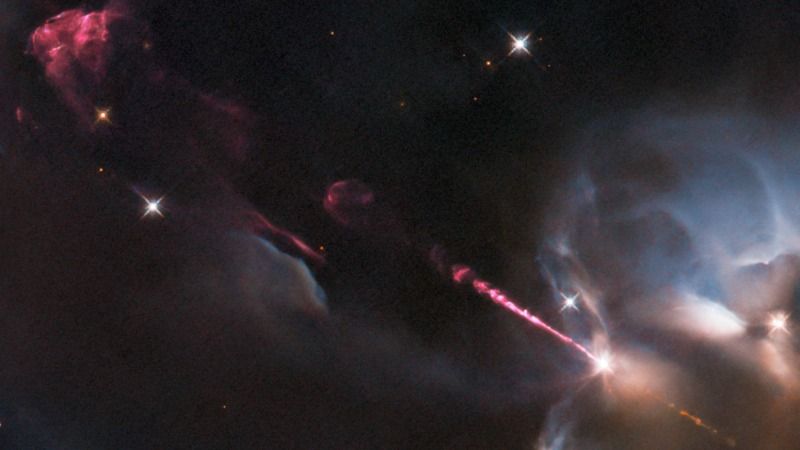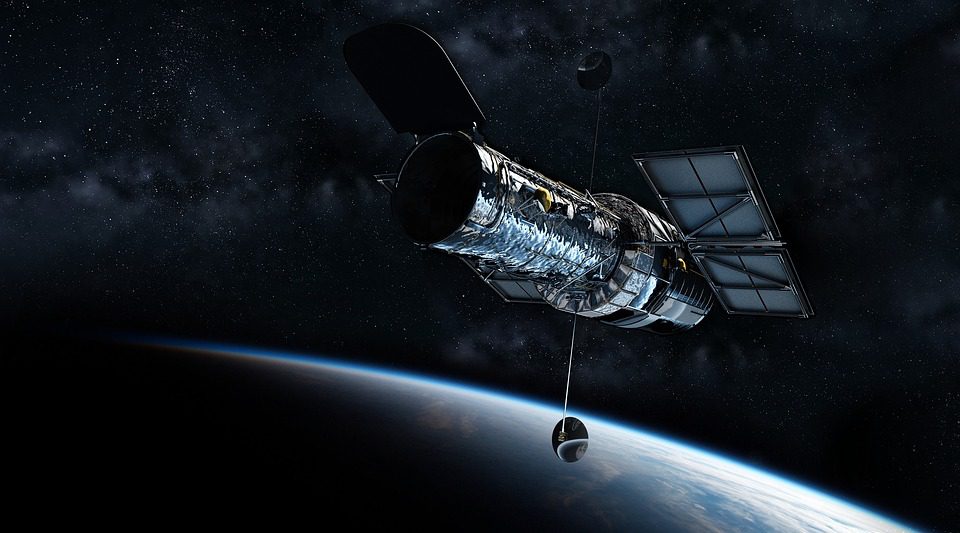The Hubble Space Telescope recorded a laser-like jet that seems to be ejected by a young star.

Hubble Space Telescope, March 7, 2022. (credit: ESA/Hubble & NASA, B. Nisini)
The outburst originated from a really new star that was just beginning its growth, and the picture depicts a jet of gas flying supersonically across space. The light shown in the photograph is caused by the jet interacting with gas and dust in the vicinity of the star, according to experts at the European Space Agency (ESA) in a synopsis of the image.
It is this process that has produced the brightly colored wispy formations known as Herbig–Haro objects, which can be seen blowing over the bottom left of this photograph, according to the authorities.
This isn’t the only time Hubble has captured a photograph of this item. The location, known as HH34, was observed by the telescope between 1994 and 2007 and in ultra-high quality in 2015, according to the European Space Agency.
HH34 is around 1,250 light-years away from Earth and is located in the well-known Orion Nebula that Hubble has also seen several times over the years. Orion is known for its starbirth areas, and Hubble has a distinct edge when it comes to studying the nebula since it is the nearest stellar nursery to the Earth.
Moreover, the European Space Agency (ESA) said that the new picture would be useful for prospective future research using the newly deployed James Webb Space Telescope, which is now in its commissioning phase until about June.
Webb, which will operate at a primarily infrared wavelength, will indeed be able to peek into the hazy environments that surround still-forming protostars, allowing for the first time in history to investigate the jets emitted by these newborn stars. Scientists will be able to analyze future sightings with Webb with the aid of Hubble’s high-resolution photos of the HH34 jet as well as other jets.












Leave a Reply